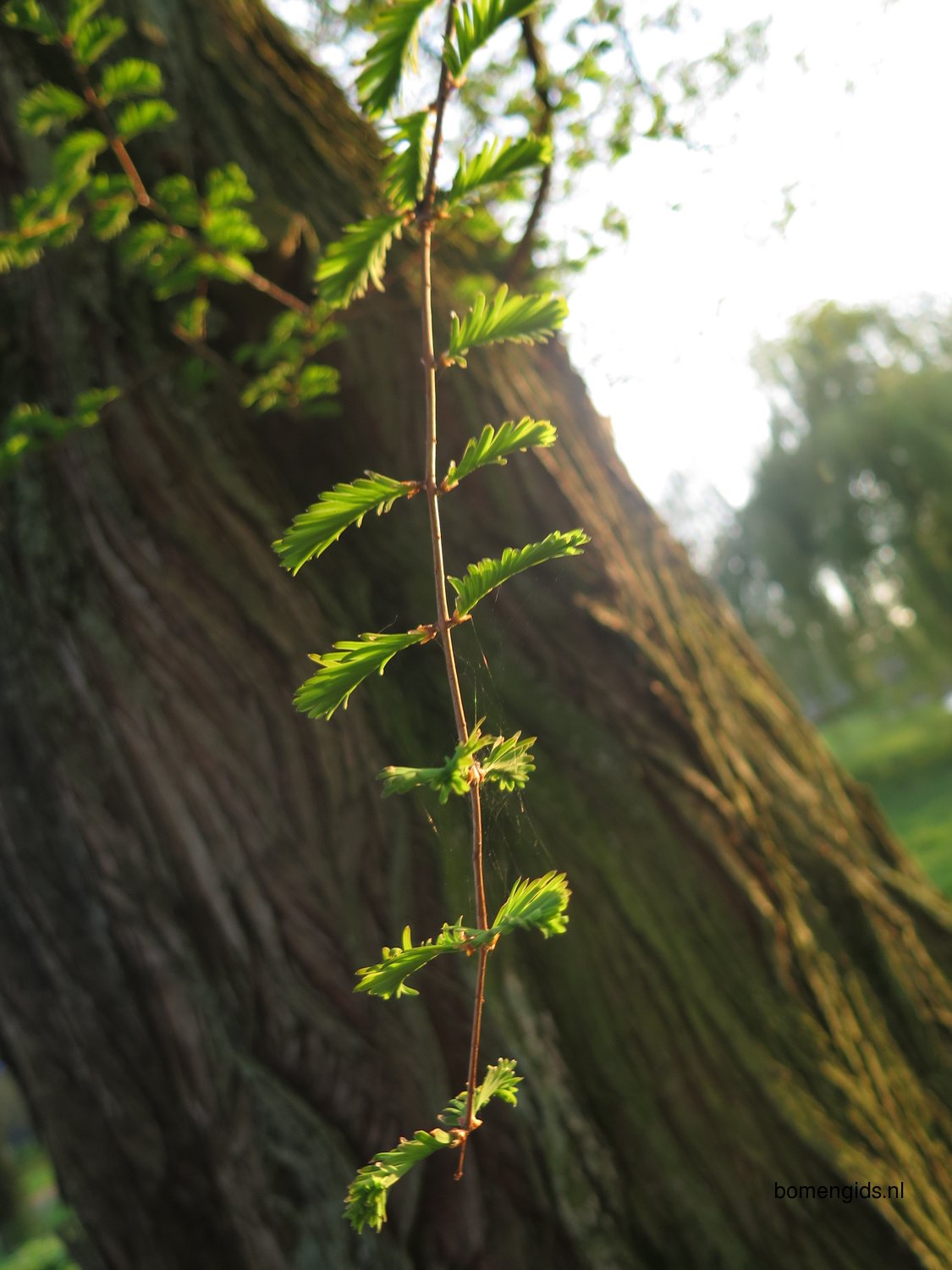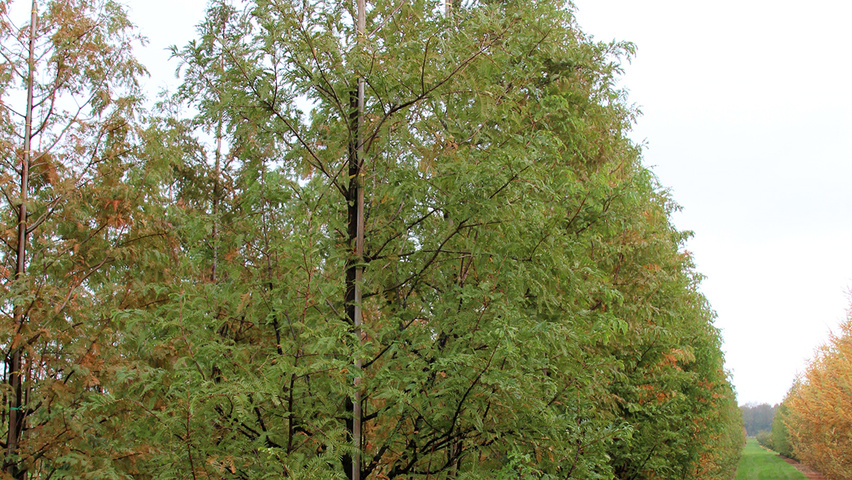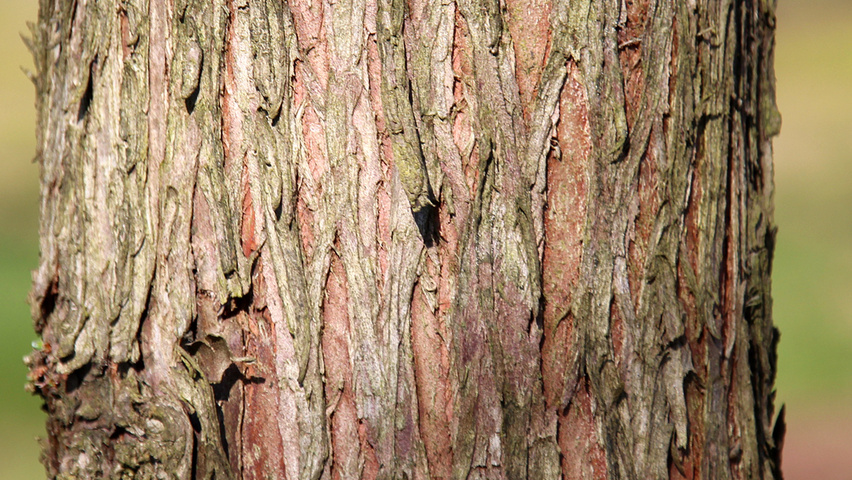Metasequoia glyptostroboides, as described in 1948 by Wan Chun Cheng and Hu Hsen Hsu, in Bulletin of the Fan Memorial Institute of Biology, is commonly known as dawn redwood, water fir, or water larch; as well as 水杉 (shui shan) in the Chinese language, which literally translates to 'water fir.' It is the sole species in Metasequoia S. Miki (1941), a genus initially described from fossil. Citrix receiver 1812 for mac.
- Metasequoia Glyptostroboides White Spots
- Metasequoia Glyptostroboides Bonsai
- Metasequoia Glyptostroboides White Spot
- Most of their time was spent in the Shennongjia Forest District, but they also made a brief visit, October 5 to 10, to the region where Metasequoia still grows wild, the first foreigners to visit since 1948. After a visit to Modaoqi to see the tree that was the source of the type specimen of Metasequoia glyptostroboides, they continued on to.
- The genus Metasequoia (FIG. 21.106) was described by Miki (1941) (FIG. 21.107) from vegetative remains and cones collected in Pliocene clays and lignite beds. The distinguishing feature of M. Glyptostroboides is the deciduous leafy shoots borne in opposite pairs along the branches.
 The dawn redwood or just plain 'metasequoia' (Metasequoia glyptostroboides) is one of the three species of sequoia (together with the giant sequoia, Sequoiadendron giganteum
The dawn redwood or just plain 'metasequoia' (Metasequoia glyptostroboides) is one of the three species of sequoia (together with the giant sequoia, Sequoiadendron giganteum and the coast redwood, Sequoia sempervirens).
and the coast redwood, Sequoia sempervirens). The foliage of this Asiatic conifer is very similar to that of the North American bald cypress (Taxodium distichum). Novadata driver download for windows.
A living fossil
This tree was once one of the most widespread tree species in the Northern hemisphere (during the Tertiary period). Fossils have been found across the northern hemisphere, including Greenland and Spitzbergen, dating from when the continents were further south, and close together sharing a common flora.In 1941 Shigeru Miki of Japan was reclassifying fossil remains that had been incorrectly classified as Sequoia and Taxodium[1]. Due to its resemblance to the North American coast redwood (Sequoia sempervirens), he named the tree species Metasequoia, which means 'almost a sequoia, sequoia-ish'. Botanists think this species is the ancestor of the present day coast redwood. To summarize: at that time, the tree was only known as an fossil tree species, extinct for millions of years.
In late autumn of 1947, T. Kan, a Chinese forester of Beijing National Central University, found three strange deciduous trees he had never seen before and during an expedition that followed, a lot of the trees were apparently still alive in a remote area in Southwest China[1].
In 1948 it was discovered that the species belonged to the already described fossil genus Metasequoia and, in an effort to preserve the tree species from logging, it was immediatly spread along arboreta everywhere in the world.
On the left you can see an avenue of young dawn redwoods in a European castle garden (castle De Eester in Belgium), with in the background the unmistakable top of a giant sequoia. On the right you can see the typical base of a dawn redwood (botanical garden of Ghent University).
As opposed to the other sequoia species, this tree is deciduous (it looses its leaves in the autumn). In spring the color of its foliage is bright green and turns to a beautiful foxy yellow and reddish brown in autumn. Because of its remarkable colors and the fact it's very easy to reproduce by cuttings, have made this tree a very popular ornamental tree.
The images above show a dawn redwood, showing off its autumn colors (botanical garden of Ghent University).
The tree is a vigourous grower and reaches heights of 30 to 45 m (100 to 150 ft). This rapid rate of growth has led to consideration for using the tree in forestry plantations.
The crown has a narrow, conical shape. The cones are globose to ovoid, 1.5-2.5 cm in diameter with 16-28 scales, arranged in opposite pairs in four rows, each pair at right angles to the adjacent pair; they mature in about 8-9 months after pollination. The pollen cones are 5-6 mm long, produced on long spikes in early spring; they are only produced on trees growing in regions with hot summers.
While it is unlikely the species will disappear due to its wide spread as an ornamental tree, it is threatened in its natural range by logging.
Dawn redwoods in America
Metasequoia has proved an easy tree to grow in temperate regions, and is now widely planted as an ornamental tree. Planted specimens have already reached 25-40 m in height and 1-1.3 m in diameter, despite being in cultivation for under years.Dawn redwoods are doing very well in north eastern parts of the U.S.
Quite big trees are growing from Niagara Falls, Ontario to New England and the biggest of all in New Jersey, on Long Island and south through Delaware and Philadelphia areas to Virginia.
In the even hotter summers further south, despite high rainfall and humidity, there are few specimens and no big trees at all[1].
Dawn redwoods in Europe
Like in the U.S. these trees are widely planted in the temporate parts of Europe, like the U.K., Belgium, and France. In almost all the parks of some size at least one nice specimen of Metasequoia can be found.For the reason mentioned above, the oldest dawn redwoods cannot have been planted before 1948 and thus have a maximum age of years.
- U.K.
The biggest today in Britain are in many gardens like the botanic gardens of het University of Cambridge; at the Royal Botanic Gardens of Kew by the Lily Pool; at Sheffield Park, Sussex; Emmanuel College, Cambridge, and at Bodnant.Most of these trees from the first wave of planting, in 1949-1951, have been planted near water (like the large specimen near the Lily Pond in Kew on the image - in the background a bald cypress can be seen), because of its similarity to the bald cypress (Taxodium distichum), that enjoys those wet standing places. But now it is known that the dawn redwood does equally well in drier locations[1]. Positivo driver download.
The biggest are somewhat grouped into areas where there is a hot summer. In areas with lots of rainfall and cool summers like Scotland, where species like the giant sequoia (Sequoiadendron giganteum) and the coast redwood (Sequoia sempervirens) reach their European record sizes, only slow, mediocre dawn redwoods are growing.
- Belgium
The oldest dawn redwoods in Belgium can be found in the National Botanic Garden of Meise. All of these trees are seedlings of the first shipment of seeds that went around the world in 1948. The seeds in Meise were obtained from the Arnold Arboretum of Harvard (Boston, U.S.). - The Netherlands
The as far as I know of thickest Metasequoia of Holland is standing in park Kalheupink in Oldenzaal .
This tree has a girth of 4.75 m (15.6 ft) at a height of 1.30 m (near the ground the girth is 7.20 m (23.6 ft)[2]).A few other 'old' speciments can be found in the Cantonspark in Baarn.
These seeds were given by E.D. Merrill, director of the Arnold Arboretum in Boston, U.S., to the botanical gardens of Utrecht. The seeds was brought to the Cantonspark where it germinated shortly after that. A number of young trees were distributed among other botanical gardens and tree nurseries in Holland. One of the trees was given as a present to the Dutch queen Juliana and was planted in the royal gardens of Palace Soestdijk.The thickest dawn redwood in the Cantonspark has a girth of 4.22 m (14 ft) measured at 1.3 m[3]. It are nice specimens with a ridged trunk, so typical for the species.
Another old specimen can be found on estate Laag Keppel in Gelderland. The estate is owned by Baron Van Lynden and is not publically accessible. An uncle of the owner, the biologist prof. Mörzer Bruins, was given the seeds in 1950 by a Chinese.
The specimen in the arboretum Poort-Bulten would have been planted in 1949.
Planting yourself?
The dawn redwood is a fabulous landscape or city tree with fresh green, soft needles in spring and foxy reddish brown needles in fall. It is not so easy to grown them from seeds, but why would you want to do that effort when you can do it much more easy: the dawn redwood is very easy to reproduce by striking cuttings.
Strike some cuttings from a dawn redwood in your neighbourhoud and simply put it in fertile soil. If you keep it wet and warm enough, the cuttings will 'catch on', they wil root easily.
For the more inpatient persons who wish not like to experiment: you can buy dawn redwoods very cheaply in most of the tree nurseries or garden centers (because it is so easy to reproduce them in large numbers).
The bald cypress (Taxodium distichum)
The leaves of the dawn redwood or Metasequoia glyptostroboides are similar to those of the bald cypress (Taxodium distichumMetasequoia Glyptostroboides White Spots
), that often has 'knees' when planted in or near water. It has been discovered that the dawn redwood too could produce the large, contorted boles for which the bald cypress is well known, if left branched to the ground in full sun.On the left you can see foliage of the bald cypress, on the right that of a dawn redwood.
The branches of the bald cypress are not opposite and the leaves are somewhat pointy while the foliage of Metasequoia is more rounded.
Metasequoia Glyptostroboides Bonsai
Scientific classification
Metasequoia glyptostroboides Hu & Cheng 1948.It is the only species in the genus Metasequoia
Metasequoia Glyptostroboides White Spot
S. Miki 1941, at that time only known from fossils[4].References

- 'Alan Mitchell's Trees of Britain', Alan Mitchell, 1996, HarperCollins, London, England. ISBN 0-00219972-6.
- Measurement by Arthur de Vries, 2008
- Measurement by Nardo Kaandorp, 2008
